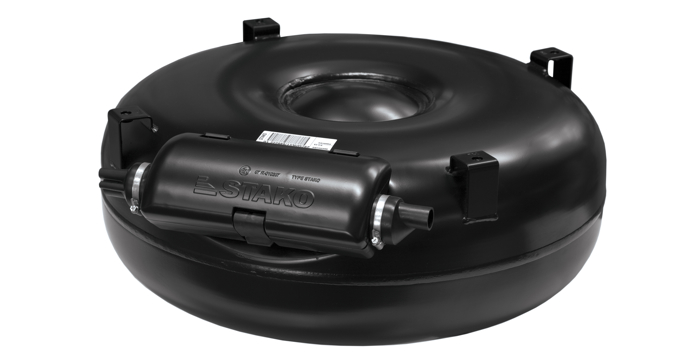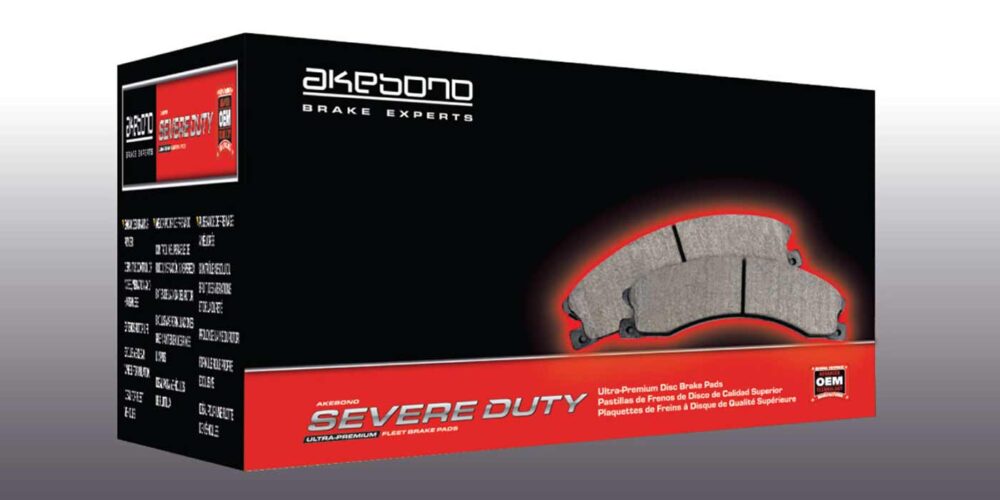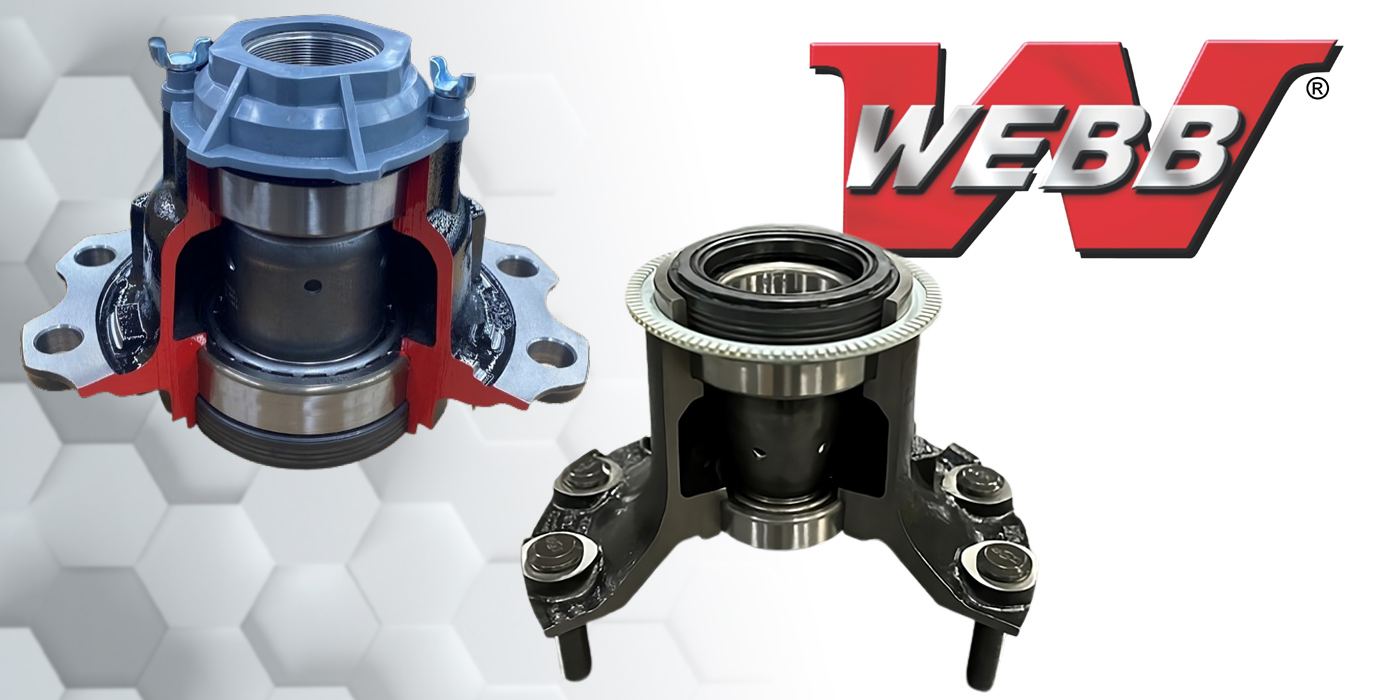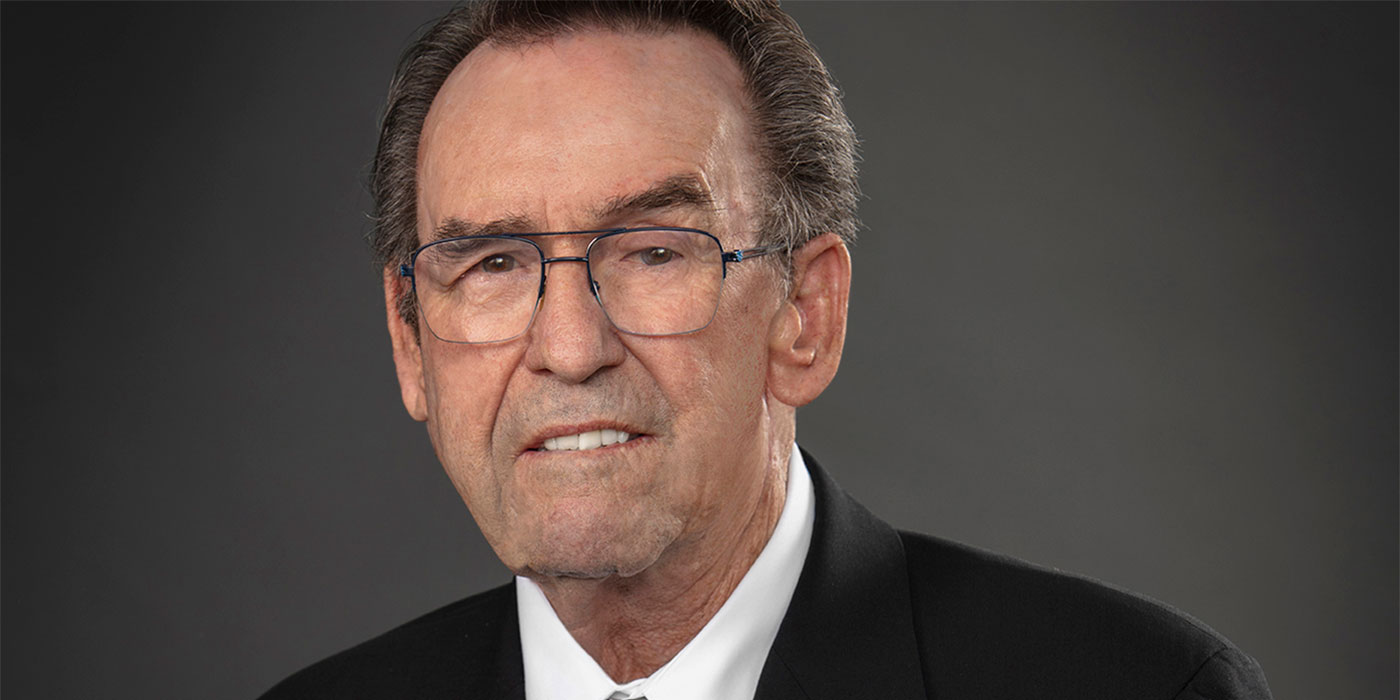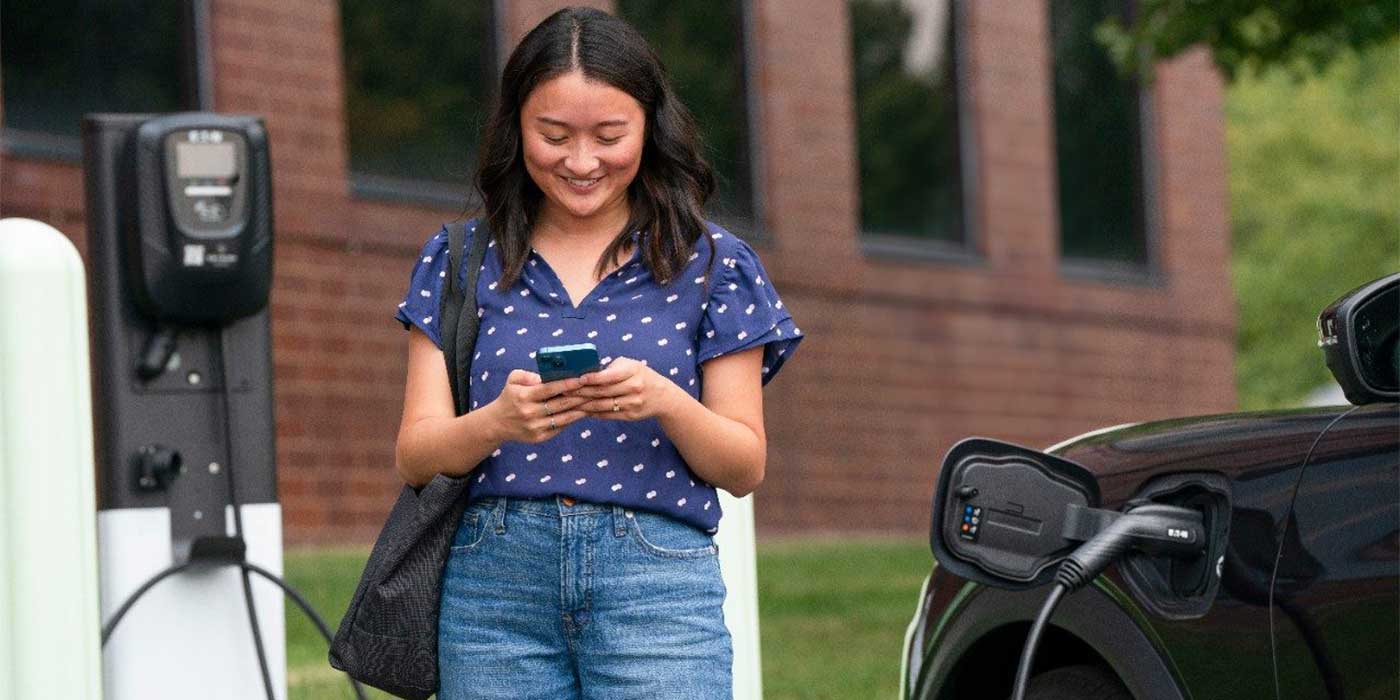The fuel tank is one of the most important components of a compressed natural gas (CNG) or propane autogas fleet vehicle—it won’t move an inch without fuel. Fleet operators who take a proactive role in fuel system specification of their new CNG or propane autogas vehicles, including the fuel tank, can gain maximized driving range and space efficiency, along with reliable performance over thousands of miles of driving.
So what questions should be posed to a fuel system integrator regarding fuel tanks during the specification process? Here are three to consider:
What type of fuel tanks will be specified?
CNG options include Type III tanks, which feature a carbon fiber outer shell with an inner aluminum liner that eliminates gas permeation (gas dissipation through the liner), and Type IV tanks, which have that same carbon fiber outer shell along with an inner plastic liner. Factors to consider when choosing between the two technologies include vehicle weight, which is directly influenced by tank weight, and the fleet’s need for fast-filling, the quick-fueling process that typically takes less than an hour.
Propane autogas tanks are made of steel and come in several types as well, including cylindrical, twin-manifold and donut-shaped toroidal tanks. A fleet’s driving range and space efficiency needs can be important factors in which tank type is specified. For example, a cylindrical tank could be installed in a light-duty truck that will be used for longer-distance trips, but that tank could take up to 30% of the truck’s bed space, meaning less room for cargo. If a truck will only be used for local trips, a toroidal tank installed in the spare-tire area will gain back every inch of that truck’s bed space.
How will you validate the driving range claims?
This question comes down to accountability. If a fuel system integrator makes a claim about the anticipated driving range of a CNG or propane autogas vehicle, fleet operators should ask for validation in the form of referrals, examples and math. For example, some integrators may refer to rated DGE (or diesel gallon equivalency), which is based on the water volume of the CNG fuel tank at 100% fill efficiency. But remember, CNG is a gas, so a fleet operator’s counter question should be focused on what the usable DGE is, which provides a more accurate prediction of eventual driving range. For propane autogas tanks, a fuel system provider may speak in terms of water capacity, which is how much water would fill the tank. But the more important metric is usable propane capacity, which is 80% of water capacity, because that can help determine vehicle driving range.
How will the product be supported?
Whether a fuel system integrator specifies CNG or propane autogas tanks, it’s important to know how a fleet operator will be supported in the event that mandatory inspections uncover unusual wear. That includes support not only from the fuel system integrator but from the fuel tank manufacturer. What is the manufacturer’s ability to support the long-term use of the tank, including technical expertise and customer service?
That’s not all. Questions about how fuel tanks can help manage a fleet’s costs should also be paramount, along with durability questions, because an important part of cost for fleet operators is liability avoidance. The key, though, is to ask the questions and advocate for the fuel tank that makes the most sense for your fleet.
Editor’s note: This article was contributed by Wayne Powers, alternative fuels general manager for Worthington Industries.

